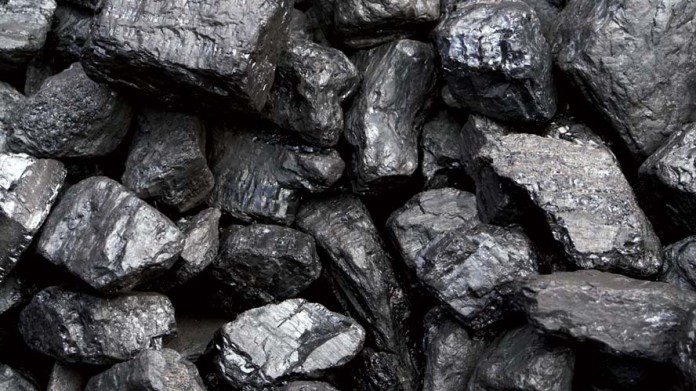
THERMAL coal prices are poised for further declines from their current four-year troughs, said the Financial Times in a report on Monday.
Citing analysts, the newspaper said the price pressure was owing to China’s booming production which had created an oversupply crisis.
The benchmark price for seaborne thermal coal has collapsed to just a quarter of its 2022 peak levels. The dramatic fall marks a stark reversal from the energy crisis triggered by Russia’s war in Ukraine, which had sent coal markets into a frenzy and created windfall profits for mining companies and commodity traders.
The extended period of elevated prices throughout 2022 and 2023 proved to be a double-edged sword. Whilst miners and hedge funds capitalised on the bonanza, the high valuations spurred a wave of new capacity additions.
China, India, and Indonesia have all commissioned fresh mining operations in recent years, fundamentally altering the supply landscape, said the Financial Times.
China, which dominates both global production and consumption of thermal coal, has been operating at unprecedented output levels this year. This domestic surge has significantly reduced the nation’s import requirements, removing a crucial pillar of demand from international markets, it said.
“There is not too much price support at the moment,” Firat Ergene, an analyst with Kpler told the Financial Times. “Even if prices were lower, no one is going to buy more coal,” he said.
Seasonal factors have also been a factor. The current spring period represents what traders call the “shoulder season” — typically a quiet time for seaborne coal trade. Peak consumption traditionally occurs during the northern hemisphere’s summer months, when air conditioning systems across China and India drive up electricity demand.










